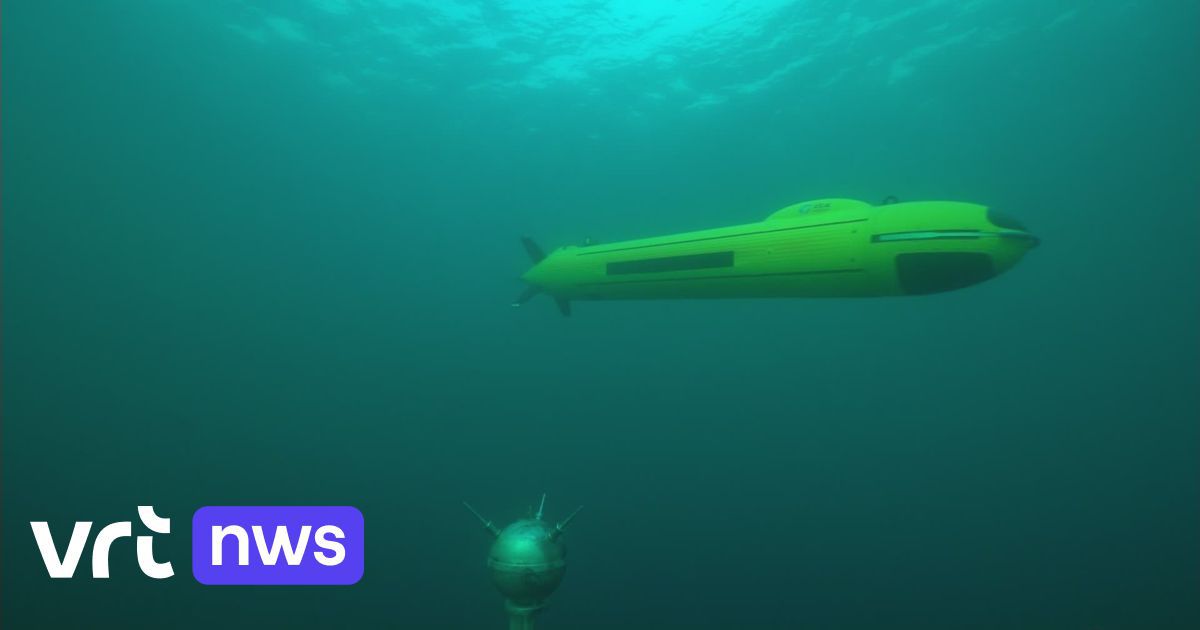11/09/2022 Belgio, Fiandre, Fiandre Occidentali, Bruges
“If you ever come across anything suspicious like this item, please do not pick it up, contact your local law enforcement agency for assistance”
Cela ressemble à une torpille mais il s’agit en fait d’un drone sous-marin utilisé par la marine belge pour repérer des objets potentiellement explosifs dans les fonds marins. C’est à la base navale de Zeebrugge que les entraînements ont lieu sur le REMUS. On y détermine les paramètres du drone comme sa position, sa vitesse, la profondeur de l’eau ou le chemin qu’il doit parcourir. Une fois la mission achevée, l’équipe de déminage récupère et analyse les images capturées par le drone comme l’explique Bruno Lecoq, de la Warfare Mine Unit. Marie-France Godeau est capitaine de corvette et Major de la Composante “projet matériel” de la Marine. Elle parle de tout l’intérêt de ce développement dans la recherche d’engins explosifs. (RTBF)
DOVO waarschuwt daarom voor het potentieel gevaar en raadt aan om de politie te contacteren bij aantreffen van deze of andere oorlogstuigen. “In dit geval gaat het om een afgevuurd projectiel met gewapend ontstekingsmechanisme. Elke aanraking of verplaatsing kan gevaarlijk zijn”, waarschuwt DOVO.
Dear editors, Biographie d’une Bombe is aimed at highlighting the danger caused by unexploded bombs. Moreover, the most important aspect is that we work completely non profit, raising awerness about this topic is what drives us. We apologize if we make use of pictures in yours articles, but we need them to put a context in how findings are done. We will (and we always do) cite source and author of the picture. We thank you for your comprehension





